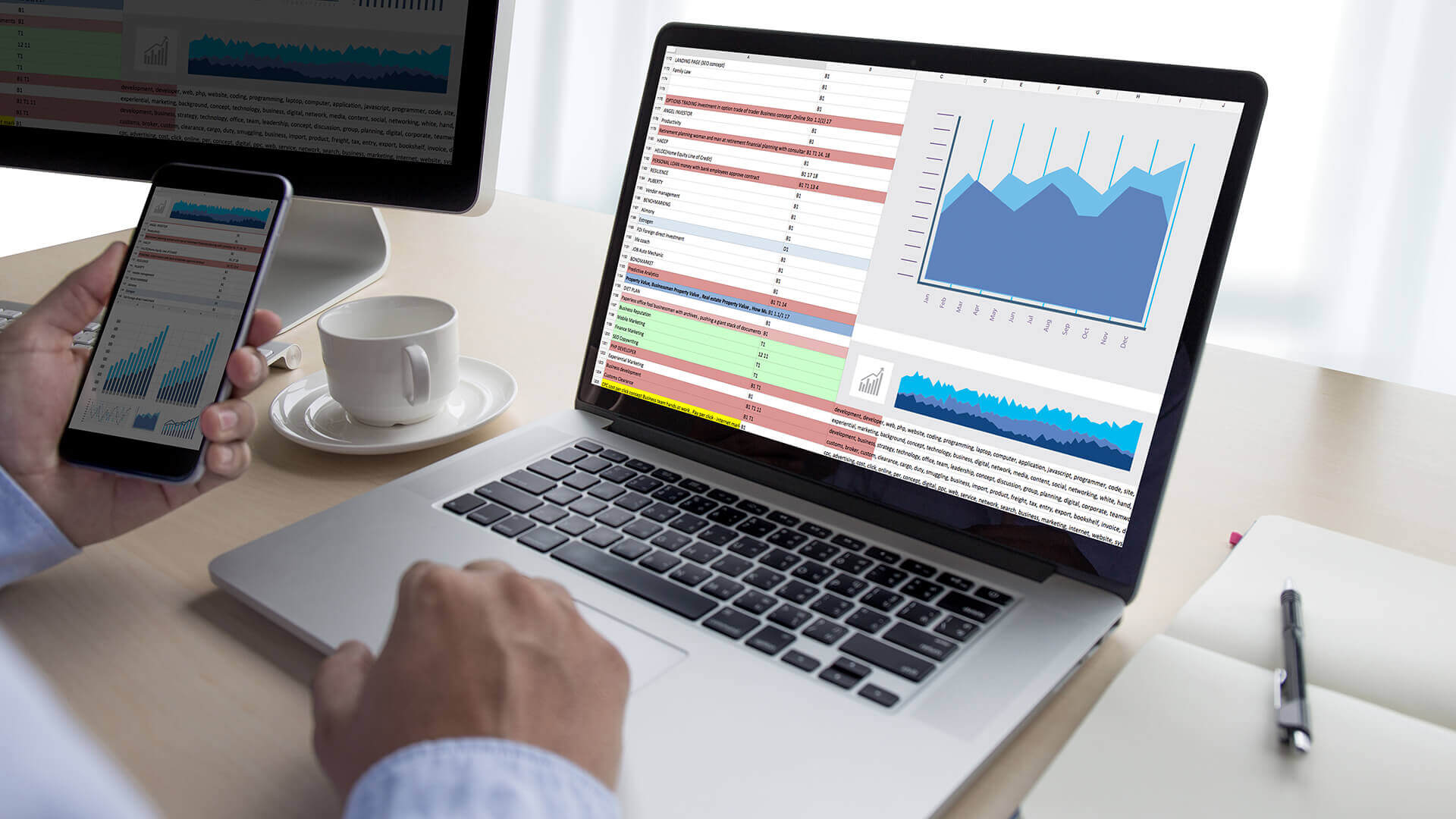DIGITAL MARKETING NEWS
Are you making these mistakes with your metrics? Here’s how to avoid them
As a marketer, you are keenly aware of how important it is to monitor your website performance. It’s why Google Analytics and Adobe Analytics are so prevalent and have become integral to understanding the health of any online business. The widespread adoption of data analytics and the user-friendly reporting interfaces of Google and Adobe have led to a general familiarity with data among marketers, along with the confidence to interpret website performance using common metrics. However, while many of these metrics seem straightforward, some of the most widely used ones are trickier to interpret than they first seem.
Below are three common mistakes marketers make when deciphering the results, along with advice on how to avoid them. Mistake #1: Using time on site/page to make decisionsContent producers, ad agencies, and many other marketers love to mention higher time on site as if it is a clear indicator that visitors to your website are more engaged and a justification that you should pay them more to continue creating such excellent content. Conversely, lower time on site is generally regarded as a bad trend and to be avoided. After all, shouldn’t people be spending more time on your site and taking the actions you want them to take?The problem here is that nobody, and I mean nobody, can interpret time on site correctly. Why? Consider these three examples:Person A visits your website looking for product information and wants to download a specification sheet for a few similar products. She is also are interested in reading about new upcoming products.
She spends six minutes on the site.Person B visits your site and knows exactly what she is looking for, which is the name of a specific part for one of your company’s products, so she can order it via her local reseller. She knows the specific page she is looking for, where the information is located on the page, and ultimately only spends 10 seconds on the page before leaving and taking no other action.Person C visits your site but has 20 tabs open in Chrome and only one of those is your page. He isn’t especially interested in your product or brand, but one of your links showed up in a search results page so he opened it to compare your product to others like it. After 15 minutes of browsing other open tabs, he makes it to your site where he views two pages quickly, clicks on a couple items on the page, then moves on again to a different tab. Eventually, the cookie for his visit times out and he is logged as having spent 45 minutes on your site.Using typical time-on-site logic, Person A is a “good” visit, Person B is a “bad” visit and Person C is a “great” visit. That obviously makes no sense whatsoever, as both A and B are desirable visits, but C was clearly not.
Unfortunately, by using time on site, you cannot determine what type of visit you’re really getting, which makes it virtually useless in decision making. Solution: Instead of using time on site, consider using a combination of bounce rate, page views per visit, scroll depth, CTA clicks and overall traffic volume to get a sense for whether your visitors are truly engaged. Most of these metrics are already included in basic versions of Adobe Analytics and Google Analytics, however, scroll depth may require some light instrumentation work in Adobe and similarly it must be manually activated within Google Analytics. If you use time on page because you don’t have much click-centric content for visitors to interact with, consider breaking up your text into sections and hiding some of it behind a “see more” click so that you can better understand if people are interested in reading the full breadth of your content. Some visitors may find this format less friendly for easy reading, but if you’re struggling to find ways to measure engagement, then this minor inconvenience to your visitor may be worth the risk.Mistake #2: Relying on a single metric with no other contextAnother common scenario is when the marketer uses a single metric as the sole indicator of success, without considering any other context.
You might think an easily understandable metric like sales or revenue would make perfect sense. But, even with a measure as straightforward as revenue, there may be other factors at play. Maybe revenue looks good in isolation ($10 million dollars, awesome!), but you still missed your target for the quarter, and investors will not be pleased, causing your company’s stock value to tank. Perhaps all your revenue is from one customer, but what if that customer is Sears, they just went bankrupt, and you don’t have any other substantive revenue sources after Q2. Not good!Although revenue is an extreme example, many marketers use metrics in isolation like this, holding them up as amazing successes, when they are far from it. Traffic volume is one example that pops up frequently. But without the bounce rate and conversion context for that traffic, there is no way to determine if it was good quality traffic or if the ideal intended audience was on the site.
Solution: To avoid making ineffective business decisions, always consider the correct context for your metrics before acting. Often, you can confirm that you’re headed in the right direction by making a quick verification that clean data is coming through or by triangulating your findings with an additional metric. Mistake #3: Continuing to report on metrics just because they’ve been used in the pastThis mistake could certainly apply to more than just metrics: the often-irresistible tendency to perpetuate a business practice simply because “it’s what we’ve always done.” Many brands insist on using low-quality site metrics for no other reason than they were used in the past. I once worked with a marketing executive who wanted to continue summing daily unique visitors across the company website in Adobe, because that is how the old Coremetrics platform worked (it did not offer de-duplication like today’s more advanced tools do). In doing so, the actual number of unique visitors was over-counted across the site by roughly 30% during the year. That error had a net negative impact on expected revenue and growth targets, which were unachievable due to inflated visitor counts.
Solution: Sometimes legacy metrics make sense, particularly for benchmarking purposes, but it is critically important that you perform regular audits to ensure that all the metrics and reports you’re using to make site decisions are still appropriate, given the changing business environment.While analyzing metrics is an essential component for making informed decisions about your website strategies, it is imperative that you audit your analytics practices and maintain flexibility in your tactical approach. Be sure you examine a broad and varied set of conditions and metrics. And be adaptable to changes in market conditions and technology that could affect not only your perceptions but your results. Opinions expressed in this article are those of the guest author and not necessarily Marketing Land. Staff authors are listed here. About The Author Gabriel Davis is a senior analytics manager specializing in B2B site analytics at Merkle Inc. With more than a decade of consulting in marketing, social media and public relations analytics, he has worked with multiple top-tier global companies, including Samsung, Microsoft, Costco, Stubhub and L’Oréal. When not going on architecture tours or seeking the next great restaurant in Seattle with his wife, he enjoys logging hours in Forza racing or Civilization strategy games.











